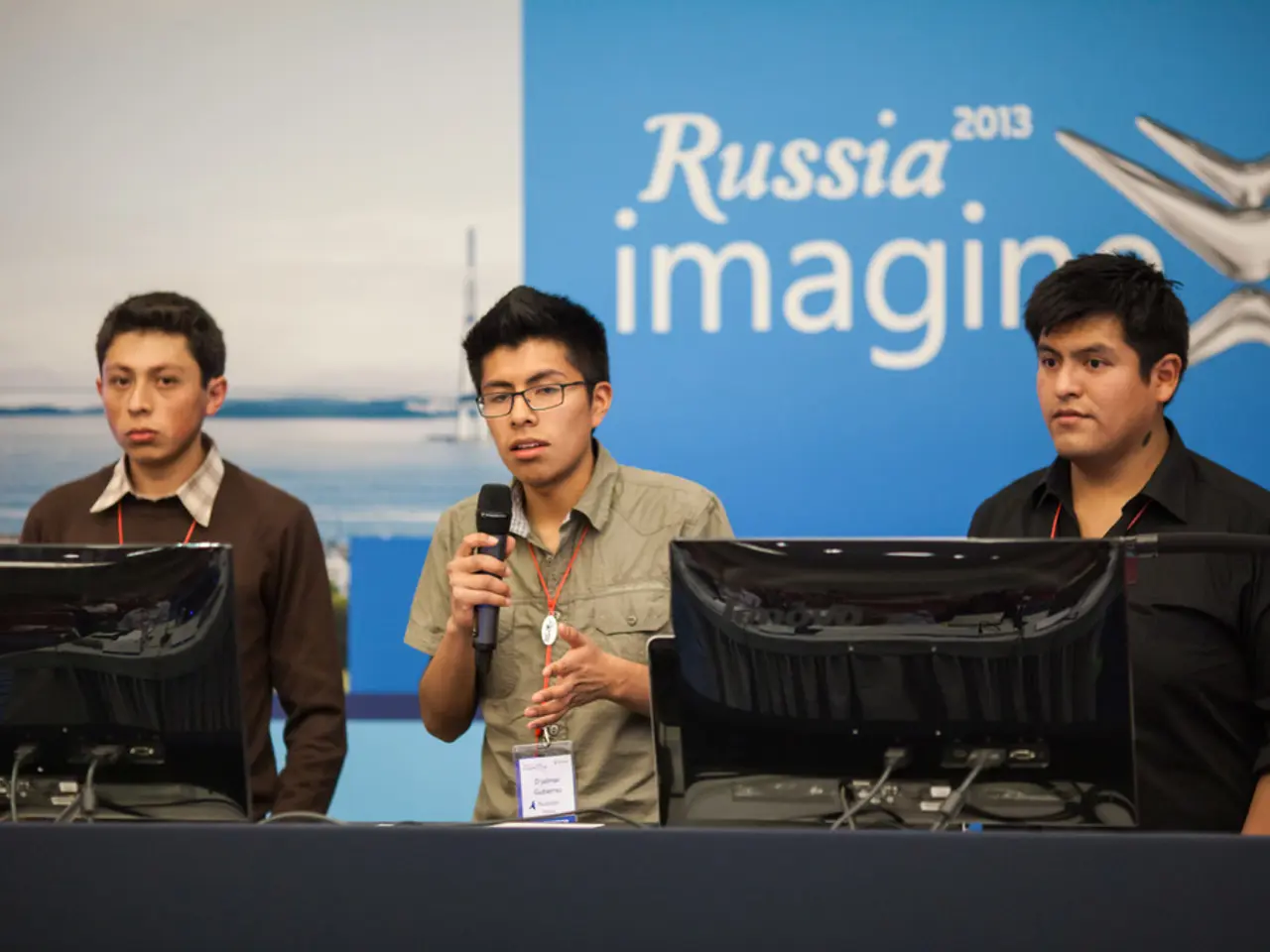Escalating Tensions between Israel and Iran: Iran halts International Atomic Energy Agency cooperation following American and Israeli attacks
In a significant shift from previous covert actions and proxy conflicts, Israel conducted overt military strikes on Iran’s nuclear facilities and military assets in late June 2025, marking a turning point in the long-standing Israel-Iran tension over nuclear ambitions [1][2]. The response from Iran, in the form of missile attacks, led to a tense ceasefire beginning June 24, 2025.
The Israeli strikes, supported by the U.S., aimed to disrupt Iran’s nuclear weapons program and missile capabilities, which Israel’s leadership claims posed existential threats [2]. Iran retaliated but has so far avoided full-scale escalation, with the ceasefire holding though tensions remain high. Both sides have signaled that the conflict is not over, with expectations of continued hostility in the future [2].
Israel is reportedly drafting a new mechanism to prevent Iran from reconstituting its nuclear program after the war. This plan involves proactive enforcement, potentially including preemptive strikes, and will be discussed with the U.S. administration [3].
Diplomatic efforts continue, with upcoming U.S.-Iran talks scheduled in Oslo, Norway. However, fundamental differences remain. The U.S. demands zero uranium enrichment by Iran, while Iran insists on maintaining its enrichment program. Meanwhile, Iran has suspended cooperation with the International Atomic Energy Agency (IAEA) regarding new inspections, signaling decreased transparency [3].
The United States continues to support Israel’s stance and is directly involved in both military and diplomatic efforts. Israeli talks with Russia have reportedly taken place, indicating Israel’s attempt to manage broader regional dynamics involving Syria and Iran [3].
Global economic markets reacted to the conflict; oil prices rose due to fears of disruption in the Gulf region, particularly concerns about attacks on Gulf Arab oil infrastructure or blockage of the Strait of Hormuz, which could lead to a global economic downturn [1].
The Iranian President, Masoud Pezeshkian, signed a law suspending cooperation with the IAEA on July 2. Iran's stance is that the end of U.S. military threats is a precondition for the resumption of talks between Tehran and Washington, as stated by Iranian Foreign Minister Abbas Araghchi [4]. Iran expresses skepticism regarding the motives of the IAEA and other international bodies, citing the targeting of its peaceful facilities as a concern for the safety of IAEA inspectors [4].
For a diplomatic solution, continued collaboration between Iran and the IAEA is essential, according to German spokesperson Martin Giese [4]. Iran reports over 900 civilian deaths as a result of the conflict, fueling further resentment toward Israel and the U.S. [4].
The situation remains volatile, with potential risks to regional stability, global energy markets, and U.S. foreign policy interests [1][2][3]. The ongoing political and military posturing between Iran and the West, particularly the U.S. and Israel, suggests that the confrontation is far from over, and the potential for further escalation remains a real threat.
The Israel-Iran conflict, escalating from nuclear tensions, has expanded to include war-and-conflicts, politics, and general news. Amidst calls for transparency and negotiations, both Israel and Iran are reportedly considering long-term strategies - Israel contemplating a new mechanism to halt Iran's nuclear reconstitution, and Iran resuming cooperation with the IAEA only under certain conditions. The political and military standoff between Iran and the West continues, raising concerns about potential further escalation.





